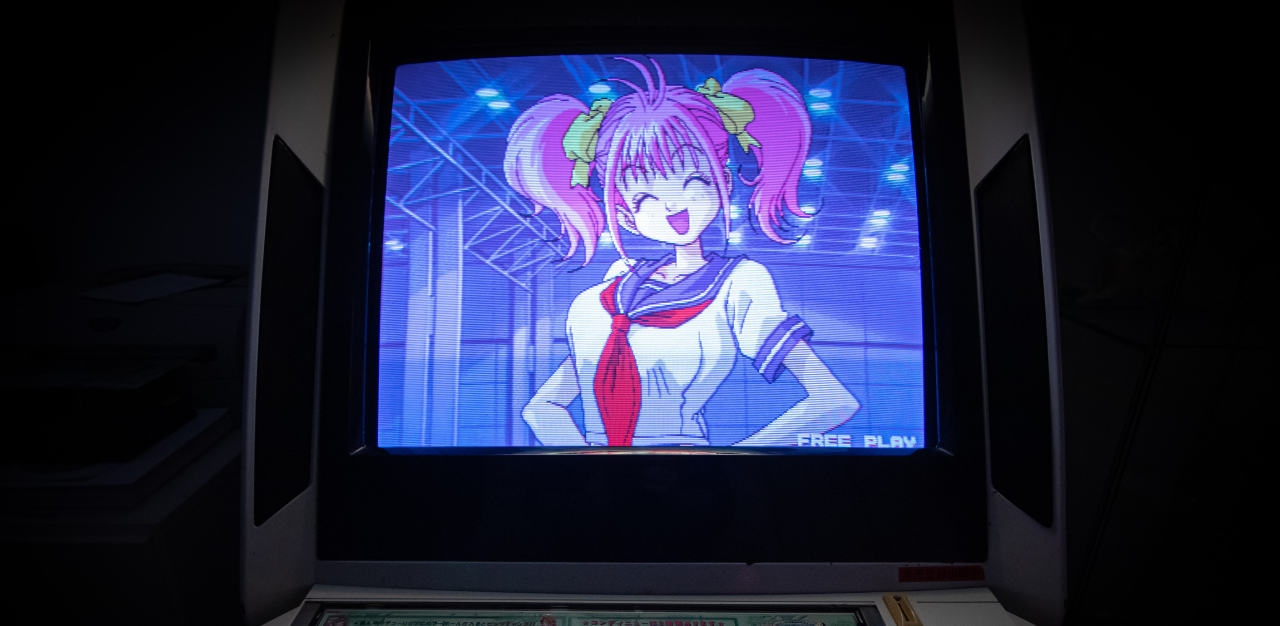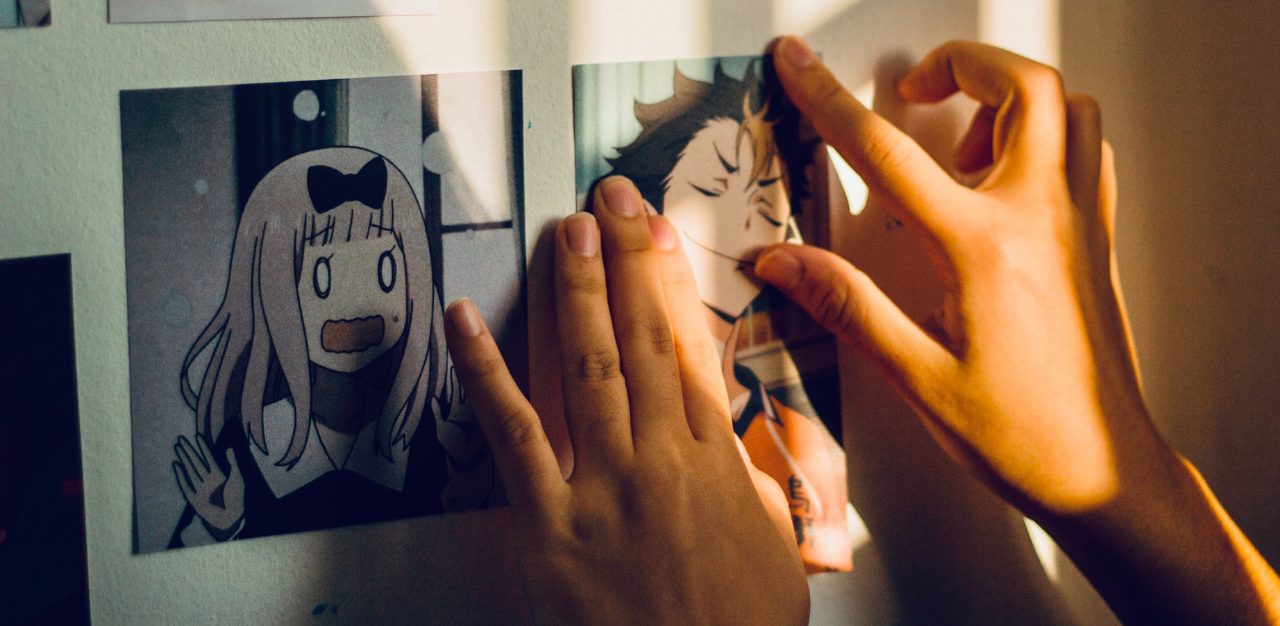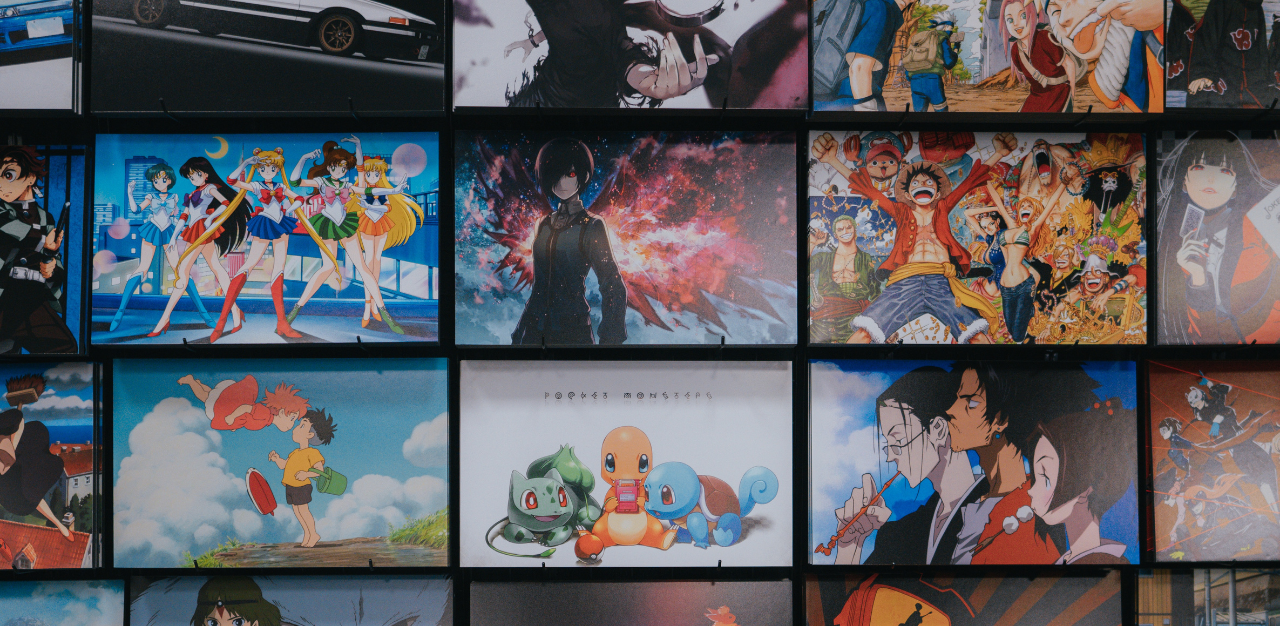Since the early-2010s, the popularity of anime has spiked internationally. In 2013, the overseas market was valued at approximately S$34 million (US$25.3 million). In 2018, that number jumped multifold, to over S$120 million. What led to the explosive growth, and just what is so special about these Japanese cartoons? TheHomeGround speaks with a number of self-professed anime fans to find out.
The term ‘bleach’ for some of us is a mere household commodity and the stuff of every cleaning fanatic’s dreams.
For Megan, 23, however, it was what sparked an almost lifelong passion for the world of anime.
“I first got interested in it because my brother was watching [an anime] called Bleach. I watched an episode with him, and got hooked on the series. I ended up binge-watching more than 20 episodes in a day (about 10 hours worth), and have been watching ever since,” she shared.
In contrast, Sam, 21, watched his first anime in his late-teens, after being persuaded by his girlfriend and friends. Since then, he has watched numerous series that span hundreds of episodes, such as Bleach and Naruto.
What makes anime special?

Anime is, simply put, a style of animation that originates from Japan. Most anime are easily characterised by a few traits: characters with large eyes, often outlandish hairstyles, and default facial expressions to express certain emotions (nosebleeds when aroused, veins popping out of forehead when angry).
Kim, 24, admits that anime’s distinct art style is one of the factors that drew her in. She says, “I loved the way men in particular were portrayed most of the time, as snappy, dashing individuals.”
Beyond that, her interest was sustained by the high quality of the animation. More specifically, she refers to “how closely the settings resemble reality, and how different the human subjects are.” She elaborates, “[That’s] not to say that cartoons like Rick and Morty have bad production [quality], but we’re talking about specific special effects, especially in fighting scenes.”
Meanwhile, Tim, 25, finds that what sets anime apart is “their level of ideation”. He cites popular anime Attack on Titans as an example: “Nowhere else would you see concepts like humans fighting giants with gas-propelled jets strapped onto their waists – during a time when horses were the main mode of transport.”
Megan enjoys the sheer variety of genres available for fans, and that anime caters to a wide range of audiences. “I like that unlike typical Westernised cartoons, there is a much greater variety of anime that caters to every genre imaginable. It isn’t targeted as something just for kids. In fact, many of the shows aren’t created for kids at all.”
But it is the strong narratives and plot arcs that keep her coming back for more.
“Anime tends to have much richer plots and extensive character development,” she explains. “Just look at a series like Naruto (comprising Naruto, Naruto Shippuden, and Boruto). In total, the show now spans nearly a thousand episodes (and ongoing), and has followed the titular character from when he was a mere 11-year-old boy, to his journey as a parent.”
Anime over the years
As the industry has matured over the years, so have the films that come out of it.
Tim believes that anime has become “more visceral, [touching] on angles that you don’t usually consider.” To illustrate his point, he brings up the anime My Hero Academia, which focuses on a group of students enrolled in a school that grooms them to be heroes.
While the plot seems straightforward at first, the show eventually goes on to consider more complex issues such as whether those with bad temperaments should be allowed to be a hero, or what makes a good hero.
Tim also feels that many anime series are “going deeper to explore nuances that may mirror or reference real life situations”. This sentiment is reflected by Sam, who finds that anime “show modern concepts and stories that reflect societal issues [of today].”
Sharing their views, Megan highlights the example of Psycho-Pass, which was first released in 2012. Set in a fictional dystopian Japan, the show follows a detective through her crime-fighting adventures. On top of its action-packed and suspenseful plot, the series also touches on issues like criminal offending and the possibility of rehabilitation, capital punishment, and even conundrums like the nature versus nurture dichotomy of offending.
Claudia, 24, believes that anime has become more globalised over the years, with more accurate portrayals of foreigners and foreign backgrounds.
“I think older anime used to be very focused on Japanese styles and traditions,” she muses. “[Now], with social media being so open, it’s easier for creatives to get a better idea of what other settings and people are like, beyond the life they live. Anime is becoming more westernised.”
The rising popularity of anime
It is perhaps this very westernisation that has seen the spike in popularity for anime in recent years.
Megan posits: “The accessibility of anime has increased now that streaming platforms like Netflix carries many anime titles that are readily subtitled. In the past, we had to scour the net for a subtitled version of these shows, often on sites that had lots of ads (or potentially even viruses).”
Claudia concurs, adding, “streaming platforms also curate popular anime with interesting concepts, proven ratings, and/or high quality production. This means that the anime we gain access to are good ones, more or less, so the audiences are more likely to become fans.”
Kim also feels that alongside the above factors the “super amazing art style continues to amaze people,” keeping them interested. Her opinion may well hold some truth, as the front-runners (Kimetsu no Yaiba the Movie: Mugen Train, Spirited Away, Your Name) in the list of top-grossing anime films have all been lauded for their stunning animations.
The dark side of the anime industry
But while the animation and art continues to be celebrated, there appears to be darker undertones behind the scenes.
Initiatives and collaborations such as Netflix’s recently announced anime scholarship with Studio Ghibli belie unfair trade practices. These include notoriously underpaid animators, who also face extremely long working hours and greater susceptibility to burnout.
Kim likens the “problematic” nature of the anime trade to a similar culture of exploitation within the K-pop (Korean pop) industry, where the language barrier may have contributed to a lack of awareness about the working conditions of the artists behind the anime industry.
Further, she suggests that there is little news coverage on the anime industry due to a perceived lack of concern among general audiences, and “wishes that more would be written about it in general”.
“It goes back to consumerism and exploitation,” she says.
Sam thinks that “everyone should be fairly compensated for their work”. He adds that the lack of fair remuneration could be attributed to external factors such as pirated sites affecting profits, as well as internal factors including organisational structure.
Tim acknowledges that it is a difficult problem, highlighting the struggle between prioritising profit and paying workers more.

“…Sometimes you don’t get the most dedicated person [when you pay] – there can be another one who’ll do it for less, because they simply want to. And that’s invaluable. But it’s also why the problem may not be easily resolved.”
Ironically, he points out that the passion behind people who work on anime may lead them to be less critical of under-compensation.
Claudia takes on a more extreme stance, believing that such practices are “just plain unethical…It’s an industry that’s worth billions, and to think that the animators are not getting the pay they deserve is honestly rubbish.”
A misunderstood culture
Aside from unethical industry-wide practices, the anime culture is often home to misconception – those who enjoy anime are perceived as being “generally weird”, according to Kim. She propounds that these individuals are often seen in the superlative, from being “too invested (in anime), “too nerdy” or “too emotionally tied to 2-D characters”.
A liking for anime is often conflated with a partiality to cartoons, which Tim opines are “two different mediums targeted at different audiences. They address different tropes (if any) and entertain in different manners.”
Sam agrees, noting that anime is “not just for children,” but that the nature of its humour is also not “comedy-slapstick like the more mature western cartoons.”
While he had started watching anime only later in life, Sam has come to the realisation that anime was not what he had perceived it to be. Instead, he acknowledges that anime “[is] actually an incredible form of film and art.”
At the end of the day, Megan insists that anime is merely a “different form of entertainment”. She maintains that watching and enjoying anime is “the same as watching and enjoying any other cartoon, TV series, drama, or movie.”
Join the conversations on THG’s Facebook and Instagram, and get the latest updates via Telegram.




























